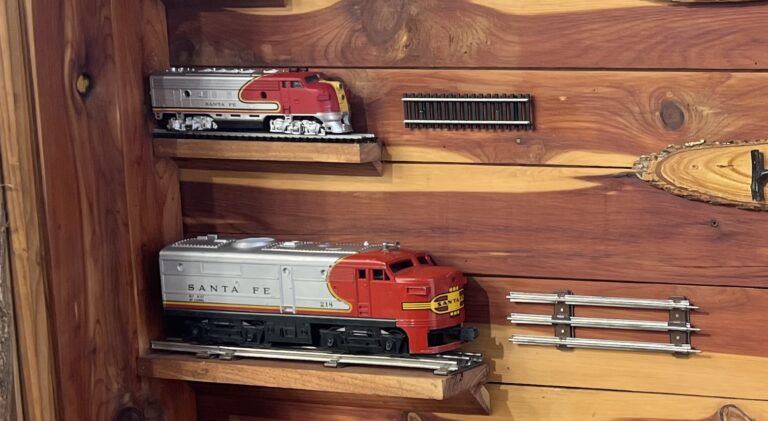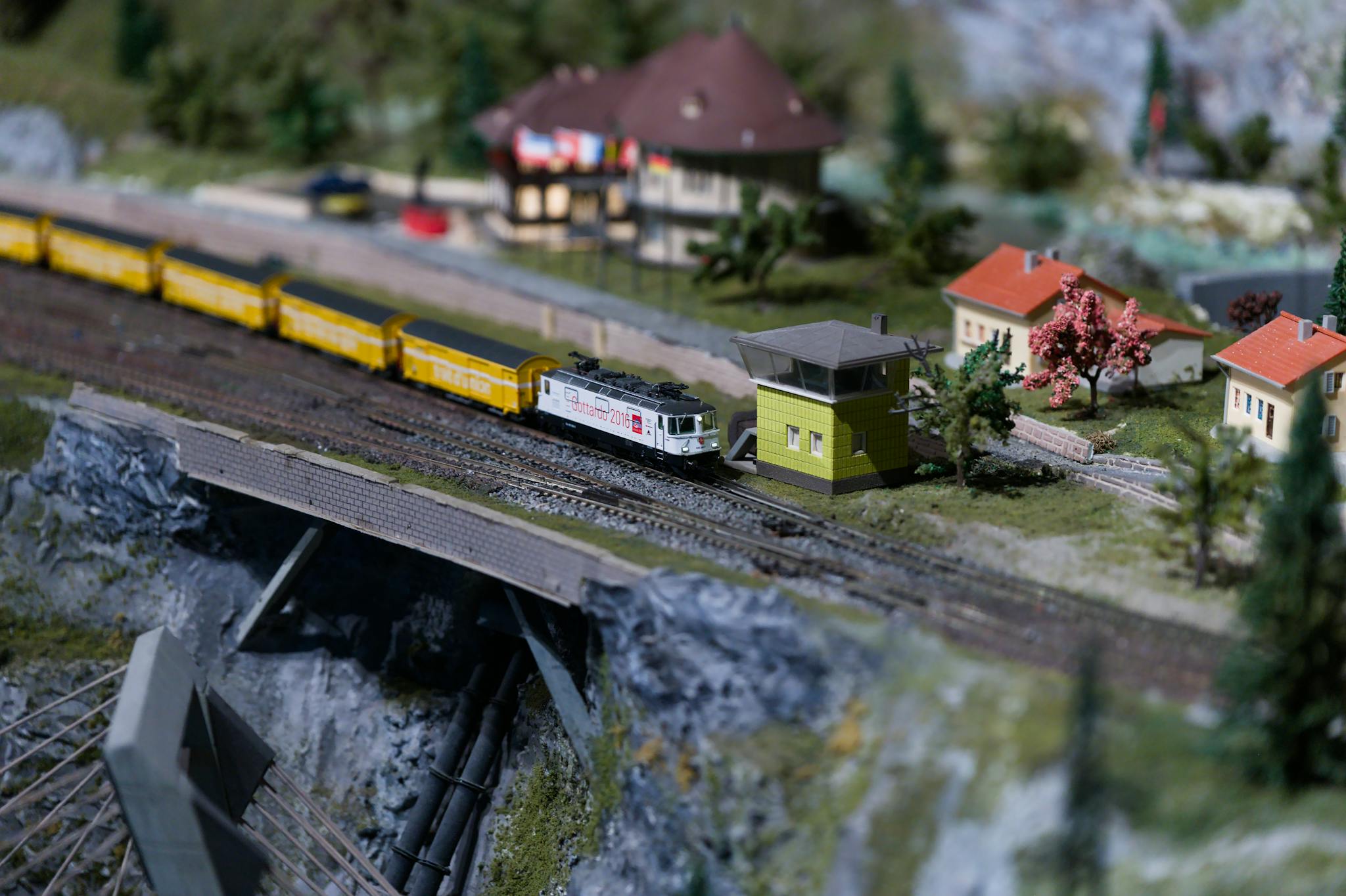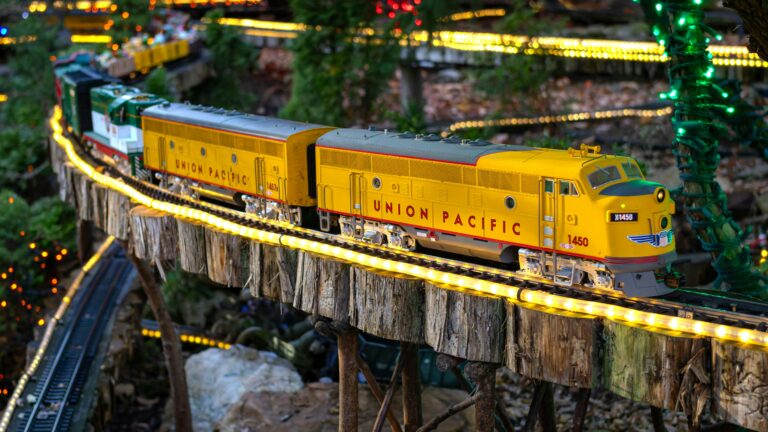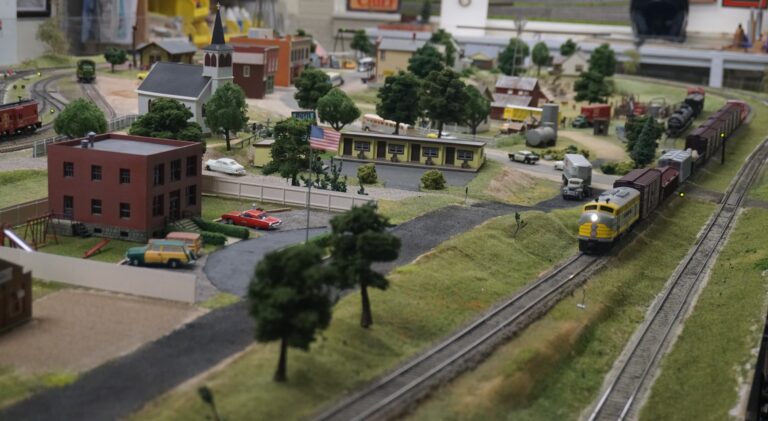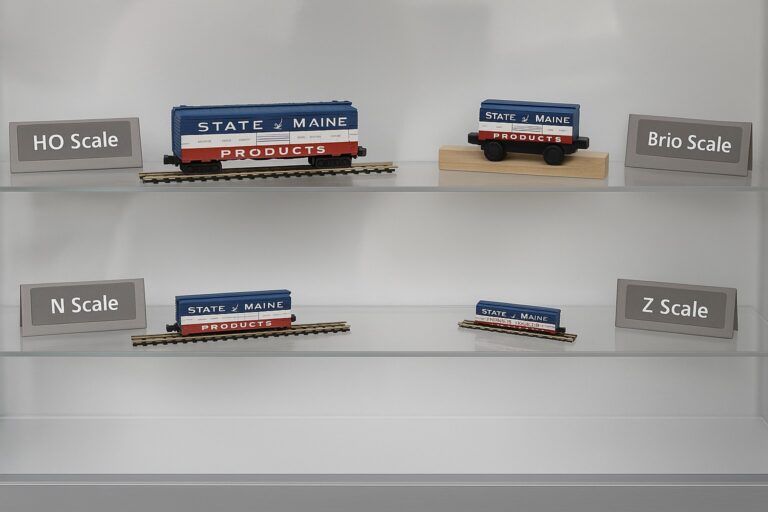Advanced Model Train Layouts That Push the Limits of What’s Possible
There’s a point in every model railroader’s journey where the basics stop being enough. The oval-on-a-table days are…

There’s a point in every model railroader’s journey where the basics stop being enough. The oval-on-a-table days are long gone. You’re craving challenge, immersion, and innovation — something worthy of the years you’ve spent learning the craft. This article is for you: the seasoned hobbyist ready to push your skills, your tools, and your imagination to their limits.
From multi-deck layouts and dynamic scenery to command control integration and modular kit mastery, these builds showcase what’s possible when creativity meets precision. Whether you’re running DCC across a basement empire or designing vertical scenes in tight spaces, you’re in the right place.
If you’re still refining the fundamentals, visit Simple Model Train Layouts That Won’t Overwhelm New Hobbyists for more accessible options.
The Vertical City: Multi-Deck Urban Rail in HO Scale
For those working with limited floorspace but limitless ambition, verticality offers a dramatic way to expand your empire. A multi-deck HO scale city scene can pack a surprising amount of action into a condensed footprint, especially with a focus on urban rail and street-level interaction.
This layout style typically involves:
- Two or more stacked decks, often connected by a helix or staging spiral
- Urban scenery detailing like skyscrapers, subways, and traffic systems
- Sophisticated control systems, with block detection and DCC automation
The electrical demands of multi-level builds make good wiring non-negotiable. If you’re not already comfortable with bus lines and feeder drops, see our Track Wiring for Beginners: A No-Fear Visual Guide.
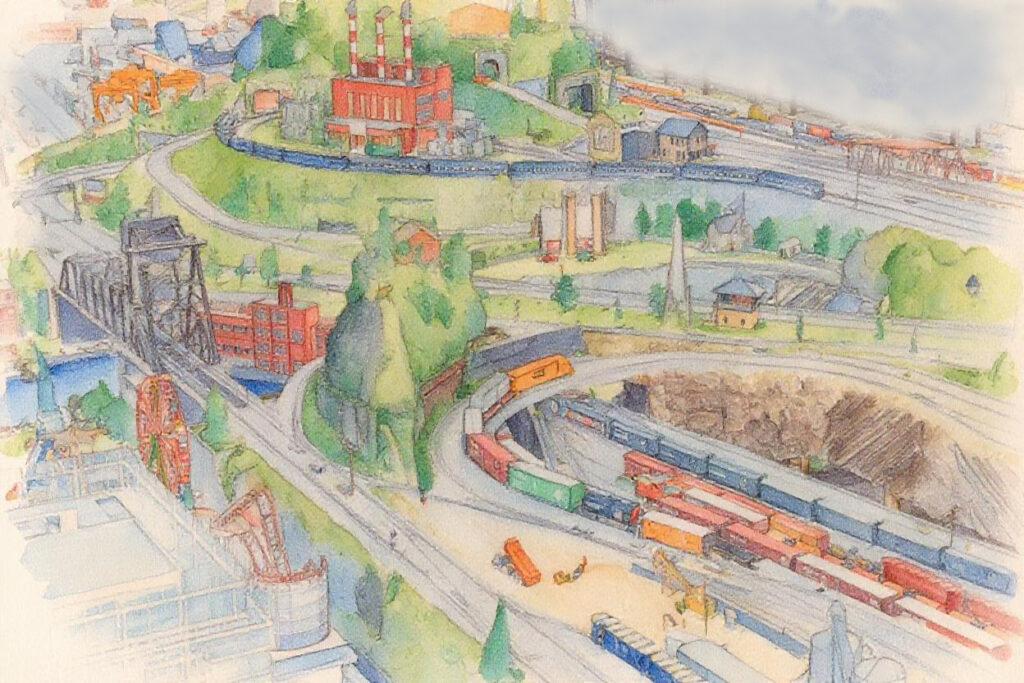
The Automated Freight Yard: Operational Complexity at Its Finest
For hobbyists drawn to operations over scenery, a fully-automated freight yard becomes the ultimate test. Using DCC control and software-based automation like JMRI or Rocrail, these yards can:
- Classify and sort cars automatically
- Manage inbound and outbound traffic via scheduling algorithms
- Coordinate with handheld throttles for manual override
You’ll need a solid DCC foundation and a controller that can handle high rail traffic. Not sure what system is right for you? Compare options in Best DCC Controllers and Power Packs: Digitrax vs NCE vs Bachmann.
Incorporating sensors, turnout decoders, and control panels isn’t just impressive — it’s immersive. Many hobbyists spend more time refining automation logic than laying track.
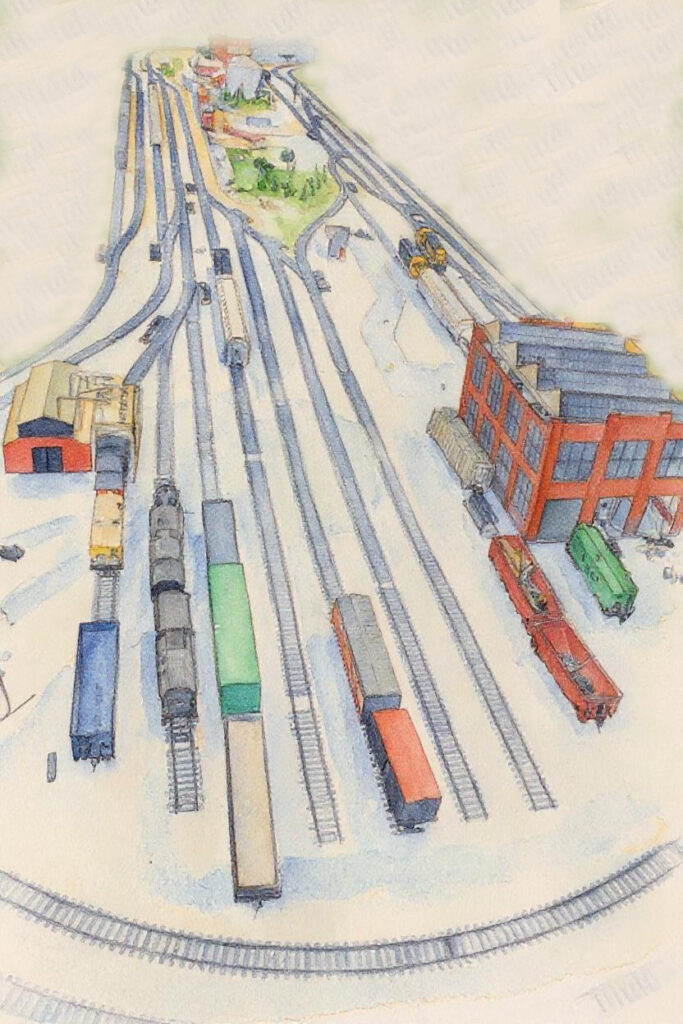
The Cliffhanger: Shelf Layouts with Vertical Scenery Drama
If you’ve got a long wall but no central table space, shelf layouts offer a visually striking and space-smart solution. But instead of flat yards or single-track mainlines, why not lean into the drama?
This layout type thrives on:
- Layered terrain, using foam risers and rock castings
- Narrow-width benchwork (typically 12″–18″)
- Deep scenic immersion, perfect for dioramas or small-scale industries
While traditionally done in N scale, HO shelf layouts are gaining popularity thanks to more refined kits and lightweight subroadbed solutions. These layouts pair beautifully with sound-equipped DCC locomotives echoing through canyons or tunnels.
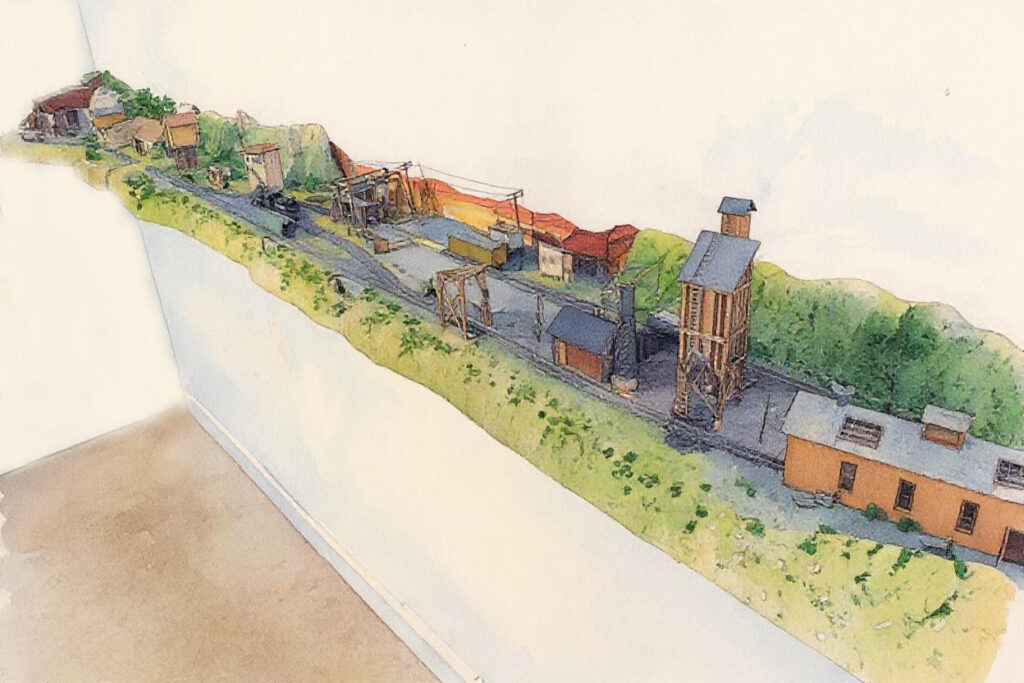
The Modular Empire: Club-Level Complexity at Home
Originally the domain of traveling shows and rail clubs, modular builds are increasingly being adapted for ambitious home layouts. These aren’t temporary setups — they’re designed to connect with precision and often span garages or basements.
What sets these apart:
- Use of standardized module formats (Free-mo, Ntrak, T-Trak, etc.)
- Each segment is fully scenicked and self-contained, then combined for operation
- Allows for collaborative builds if you’re working with friends or local clubs
These layouts are ideal for incorporating third-party kits, scratch-built industries, and varied control systems. They’re also easier to relocate or expand — making them perfect for the evolving hobbyist.
Interested in finding local inspiration? See Where to See Model Trains Near Me: Exhibits, Clubs, and Public Layouts.
The Hidden World: Under-Layout Automation and Fiddle Yards
Advanced builds aren’t just about what you see — they’re about what you don’t. Fiddle yards, hidden staging tracks, and under-layout return loops allow for cinematic operations without visible loops or awkward dead ends.
Popular techniques include:
- Cassette staging to manually insert or remove consists
- Hidden helixes feeding trains in and out of the visible scene
- Fiddle yards with point-to-point automation for seamless realism
These designs are perfect for exhibition-quality layouts that reward observation and storytelling. They require careful wiring, reliable turnouts, and often a second layer of control systems beneath the benchwork.
Tools, Kits, and Upgrades for Going Big
Building something this advanced isn’t just about imagination — it’s about having the right gear. Here are a few essentials that serious hobbyists tend to invest in:
- Reliable DCC Systems – For most complex layouts, you’ll want something scalable like Digitrax or NCE
- Wiring Kits and Tools – Pre-bundled wiring kits like this DCC wiring kit simplify installs and reduce error
- Structure Kits for Realism – Use advanced building kits to add depth and visual narrative
- Control Panels and Turnout Decoders – If automation is your goal, don’t cheap out on your turnout logic. Systems like Tortoise switch machines are worth it
Many experienced builders also turn to CAD software or PDF-based track plans to visualize before cutting wood. If you’re considering it, search for Layout Plans that fit your space and goals.
Pushing Your Limits
Advanced model train layouts aren’t built overnight. They require planning, patience, and a deep understanding of your tools and techniques. But they also offer immense satisfaction — transforming your basement or spare room into a living, moving world that you designed.
If you’re just stepping into DCC or looking to deepen your technical foundation, review our Track Wiring for Beginners: A No-Fear Visual Guide. And if you’re craving something with less overhead, explore Simple Model Train Layouts That Won’t Overwhelm New Hobbyists.
The possibilities are endless — and the best layouts aren’t just advanced. They’re yours.


